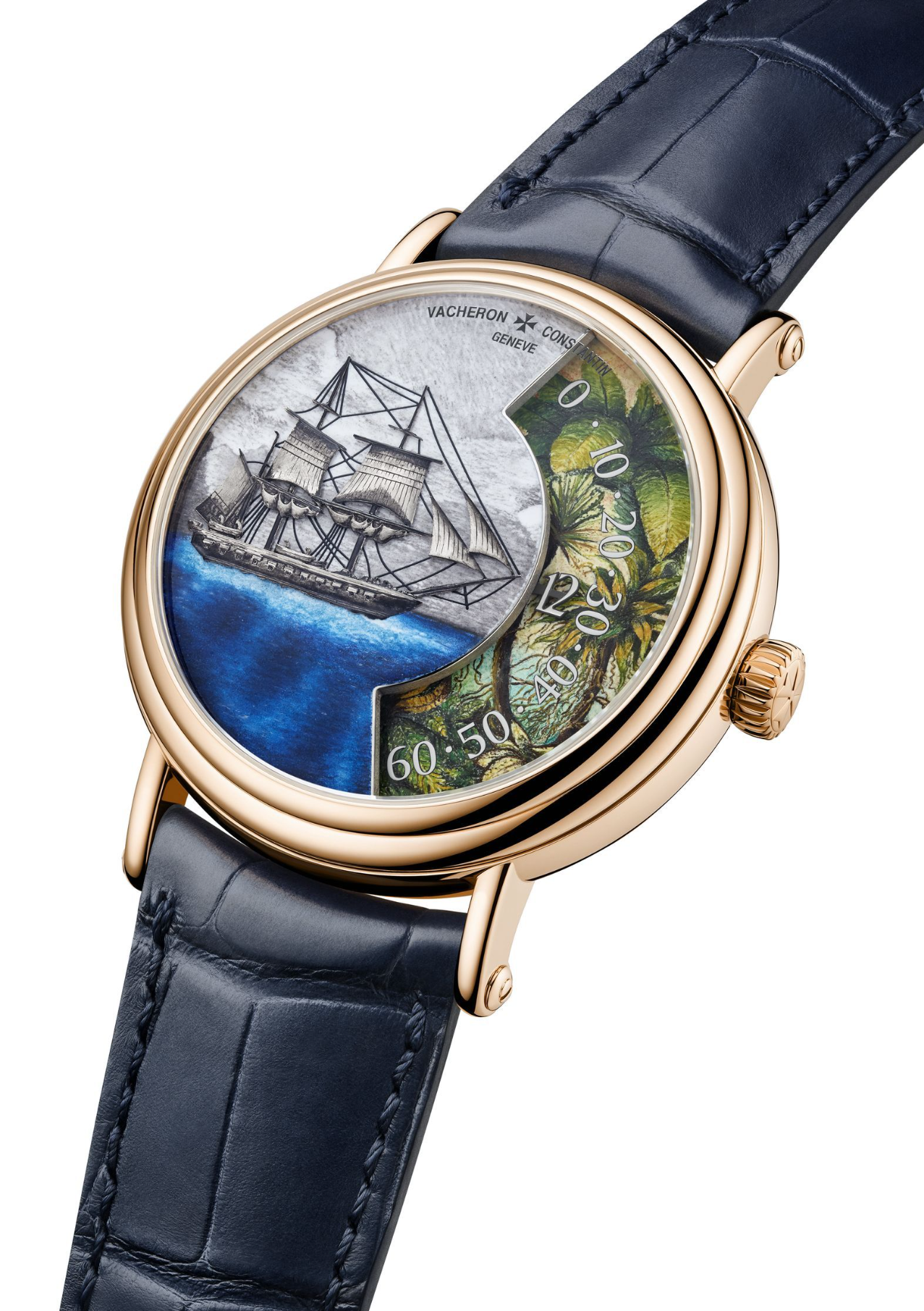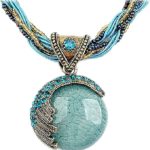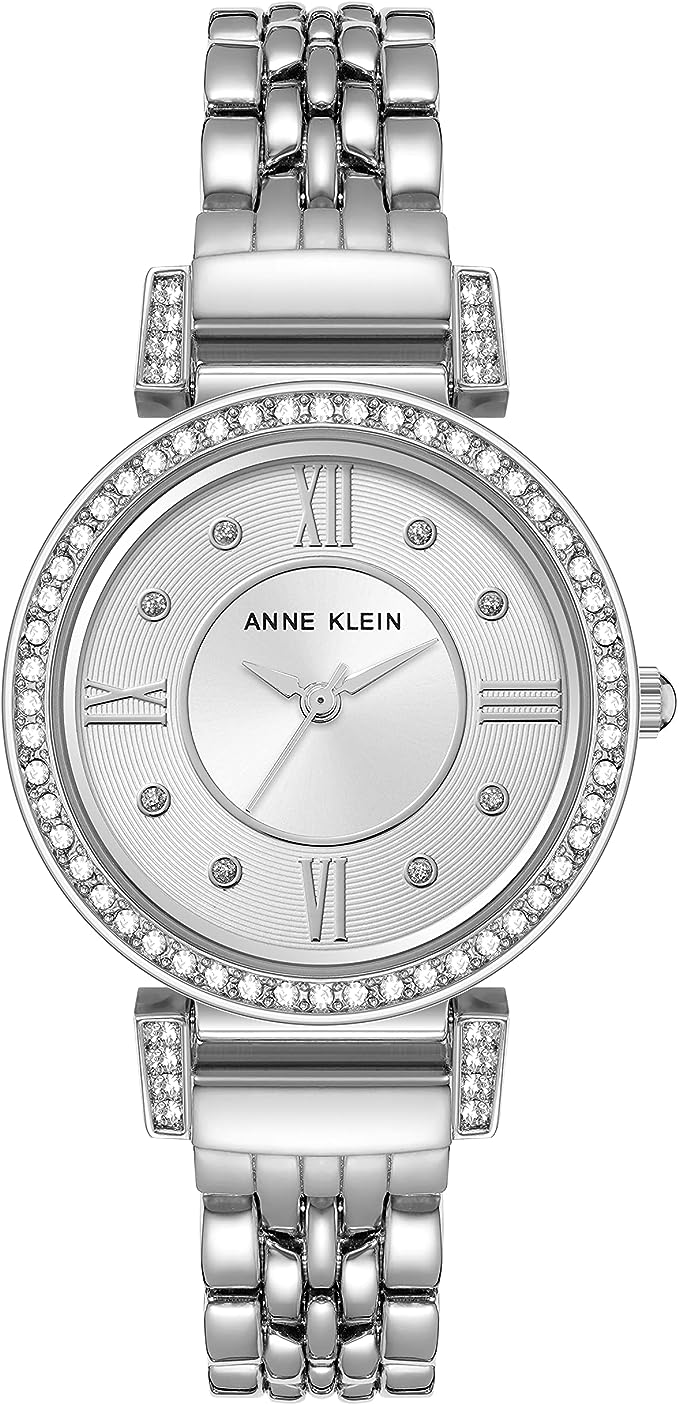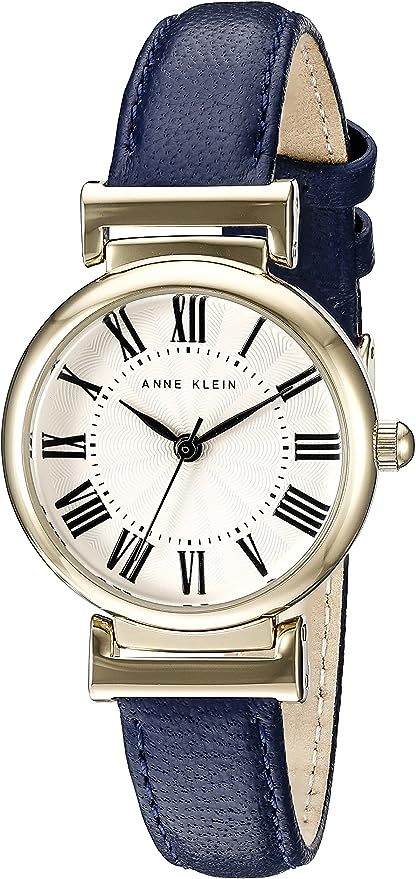Among the revered “Métiers d’Art” (Artistic Crafts) of Swiss watchmaking, few possess the poetic allure and technical mastery of enameling. Known as the “Art of Fire,” this ancient craft transforms tiny watch dials into intricate masterpieces—each piece a fusion of time, fire, and tradition.
While watches may seem small in scale compared to grand sculptures or canvases, the artistry they contain is monumental. Over centuries, watchmakers have relentlessly pursued perfection—from developing complex mechanical movements to pushing the boundaries of materials and aesthetics. Enamel dials, with their vivid color, luminous depth, and enduring beauty, are some of the most prized expressions of this intersection between horology and high art.
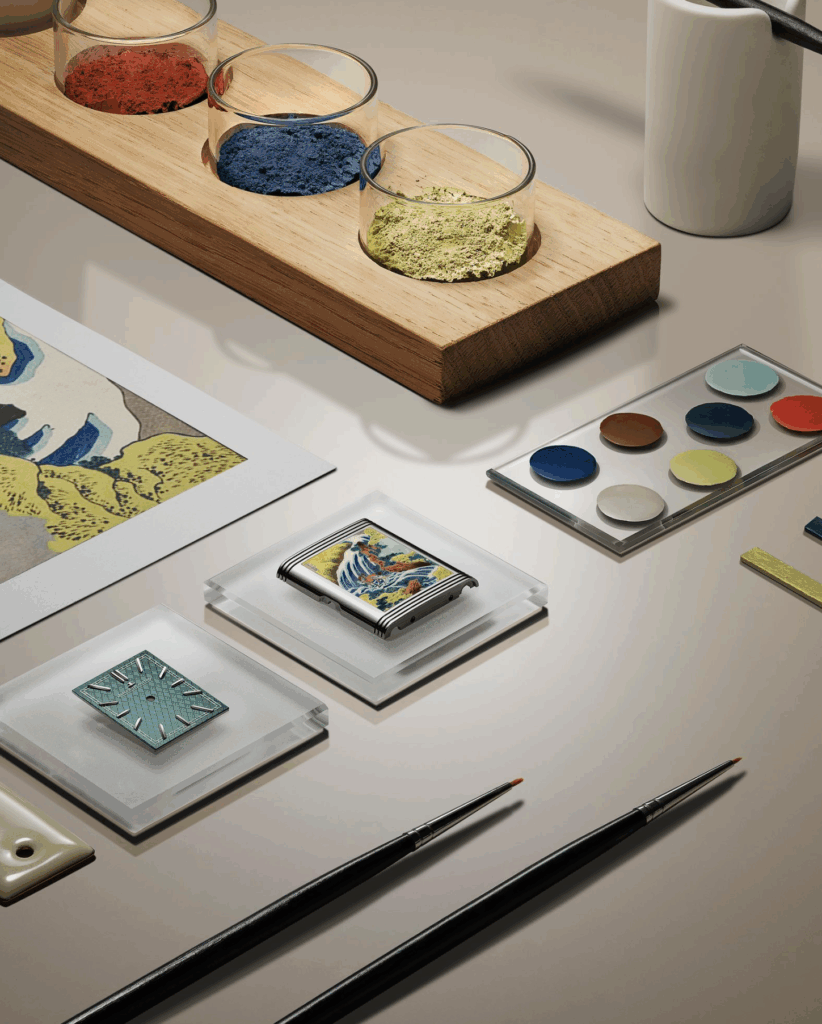
The Art of Enamel (Enameling 101)
Enamel, a fusion of silica, potash, borax, and metal oxides, is applied as powdered glass to a gold base, then fired at scorching temperatures between 800°C and 1000°C. The process must be repeated multiple times to achieve the desired hue and finish, with each round in the kiln carrying the risk of color inconsistencies, cracks, or flaws. That volatility is exactly what makes each piece unique—and why it demands the utmost skill.
The payoff? A glasslike surface that’s impervious to fading and incredibly rich in texture. Below are the primary styles of enameling found in fine watchmaking today:
1. Grand Feu (Great Fire) Enamel
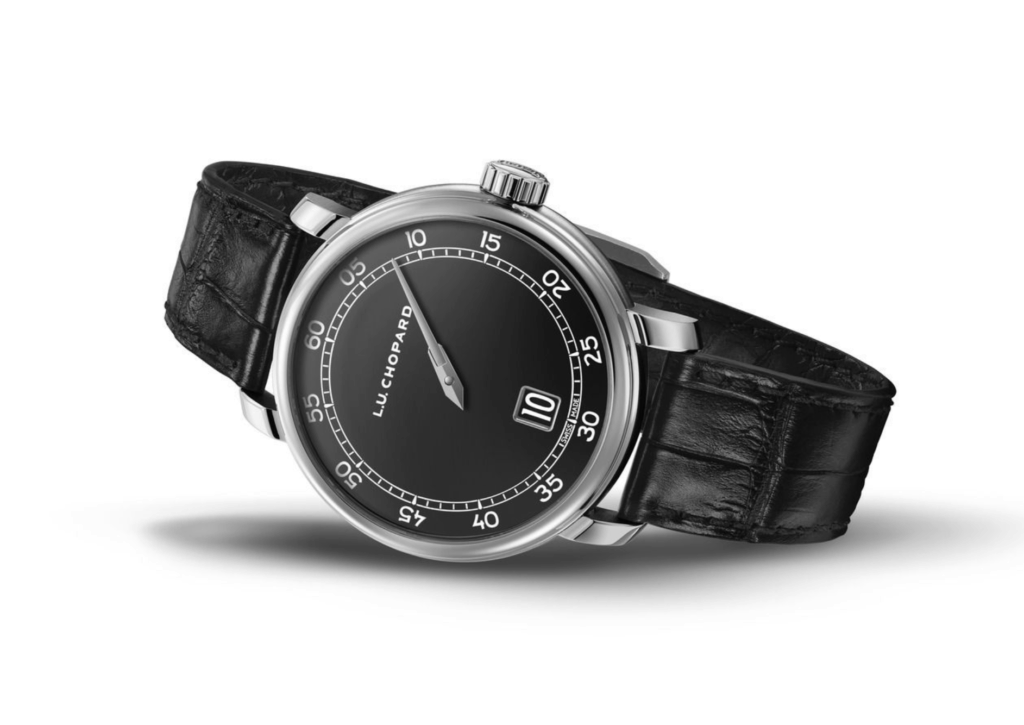
Known for its deep, lustrous finish and exceptional durability, Grand Feu enamel is as functional as it is beautiful. Resistant to moisture and oxidation, its smooth surface conveys a quiet elegance. Watchmakers use this technique to create timeless dials that won’t lose their brilliance over the years.
2. Miniature Painting Enamel
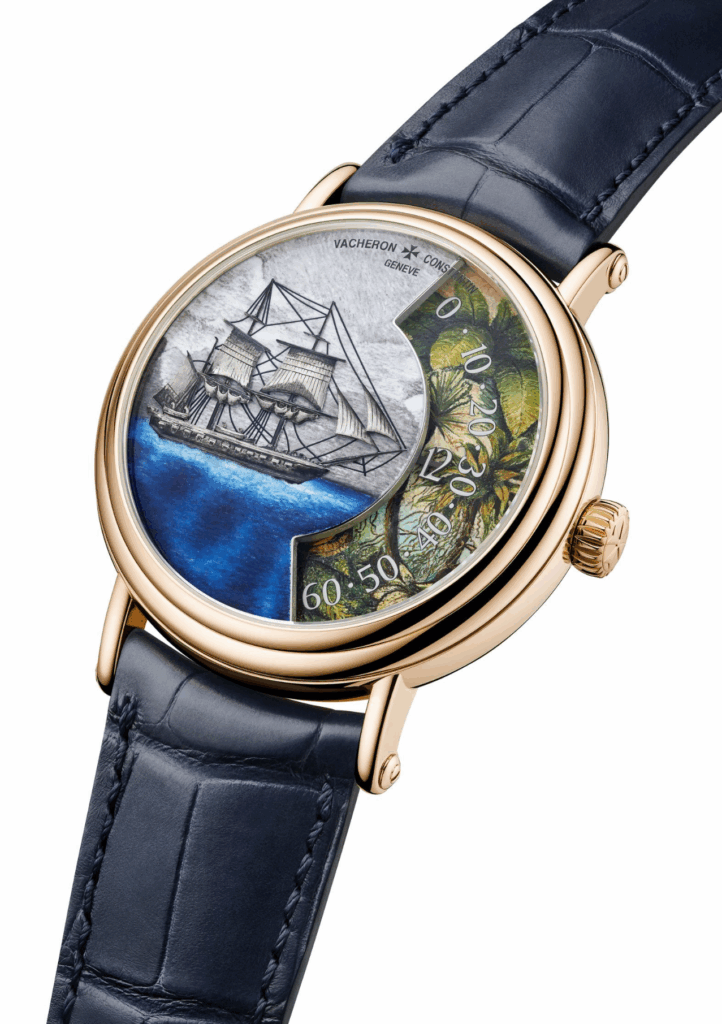
Imagine using a brush finer than a hair to paint on a dial the size of a coin. That’s miniature enamel painting. Each image is painstakingly layered, with colors developed through precise kiln firing. This art form takes years to master and offers collectors vivid, story-driven designs.
Vacheron Constantin’s Métiers d’Art Tribute to Explorer Naturalists collection is a standout in this genre. The “Straits of Magellan” watch layers a golden ship on an enameled sea and rainforest, all depicted in extraordinary detail. Each dial is a visual expedition in itself.
Hermès also excels in this area, as shown in their Slim d’Hermès Le Sacre des Saisons. Featuring a Baroque-style arctic wolf surrounded by silver and gold foil embedded within layered enamel, the watch is a dreamy winter fairytale captured in glass.
3. Grisaille Enamel
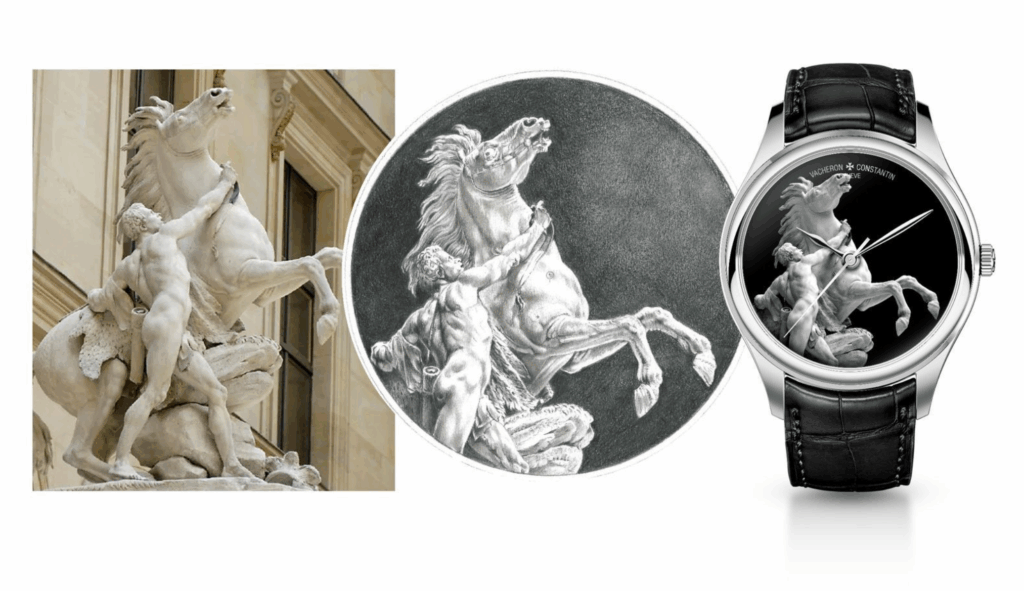
Grisaille, meaning “shades of grey,” uses white enamel (called “blanc de Limoges”) applied over a dark background to create shadow, light, and three-dimensional illusions. Vacheron Constantin once used this technique to reimagine French sculptor Guillaume Coustou’s “Horses of Marly” in stunning detail on a watch dial—a testament to how horology can mirror classical art.
4. Champlevé Enamel
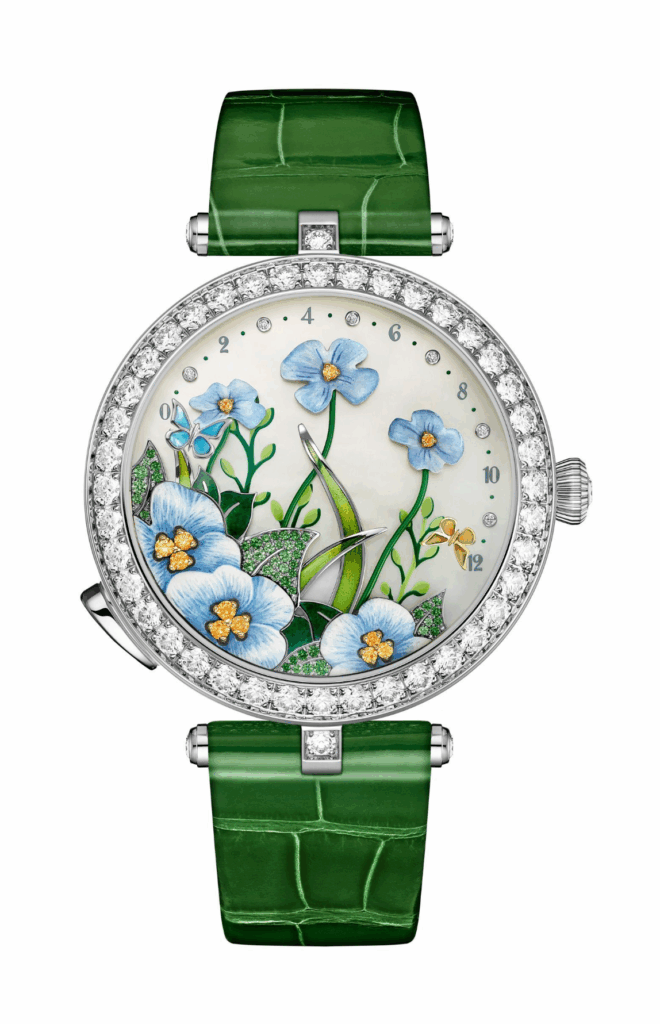
Here, artisans carve patterns directly into a metal dial and then fill the recessed spaces with enamel. After firing, the surface is polished flush. The result? Dramatic texture and depth.
Van Cleef & Arpels showcased this technique in its Lady Arpels Brise d’Été watch, combining champlevé for leaves, relief enamel for flowers, and plique-à-jour for butterfly wings—an entire garden captured on a wrist.
5. Cloisonné Enamel
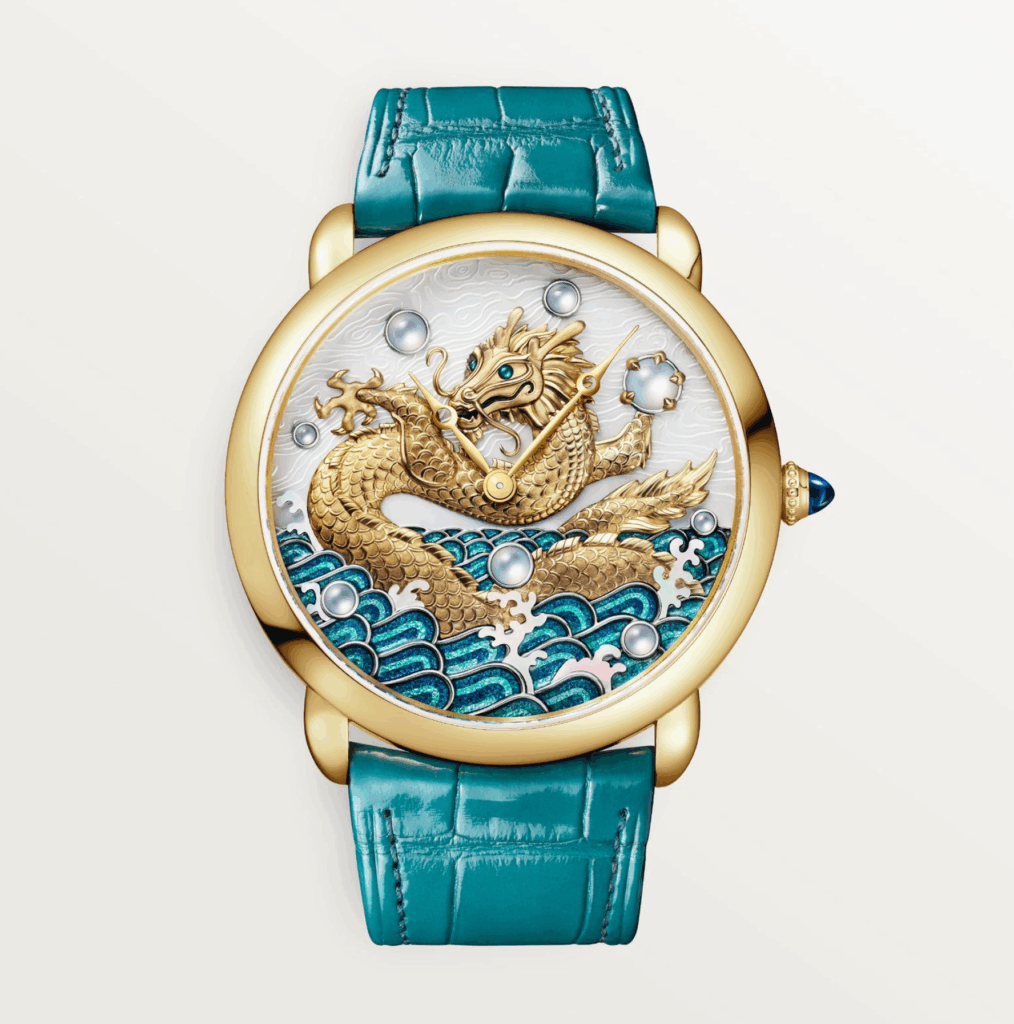
Rather than etching into the surface, cloisonné involves creating outlines with fine gold or silver wire, then filling in those spaces with enamel. The technique allows for precise control of detail and color, making each dial a miniature stained-glass window.
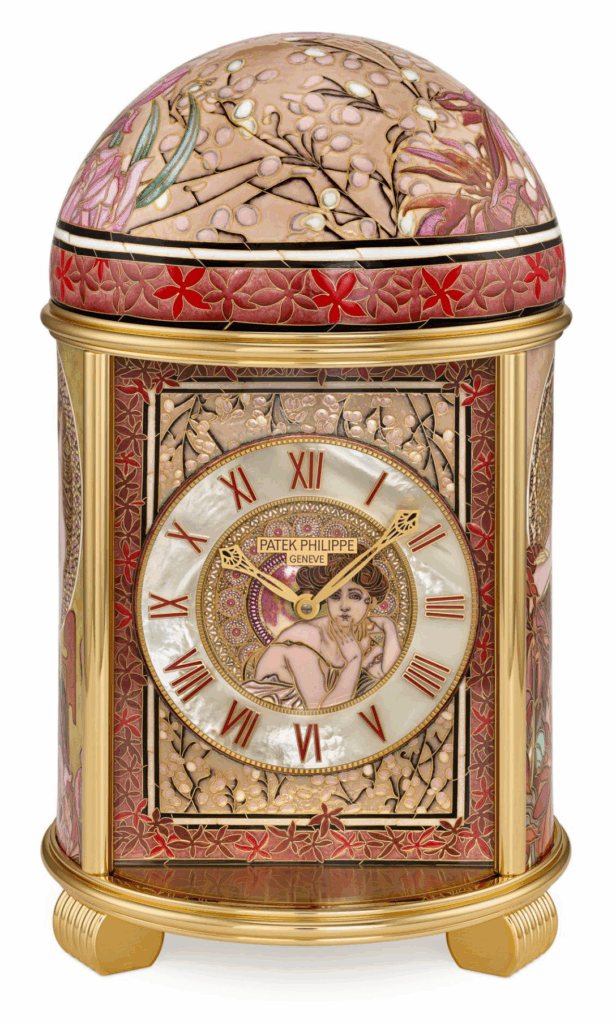
Cartier’s 2024 Year of the Dragon watch exemplifies this approach. A gold dragon roars atop mother-of-pearl waves, with the ocean rendered in deep blue cloisonné enamel. It’s a dynamic tribute to Eastern mythology and mechanical mastery.
Patek Philippe also pushes cloisonné to its limits. At their Geneva Rare Handcrafts Exhibition, the brand unveiled a domed desk clock adorned with elaborate cloisonné enamel that rivals museum art in complexity.
6. Plique-à-Jour (Openwork Enamel)
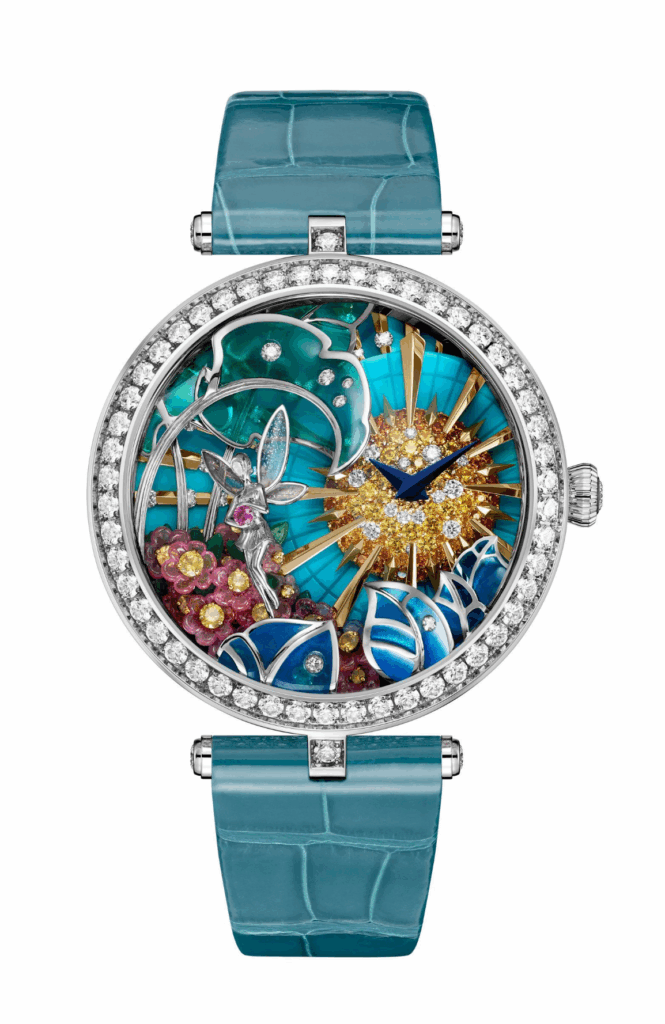
Often compared to cathedral stained glass, plique-à-jour enamel leaves no metal backing, allowing light to shine through the transparent enamel. The result is ethereal and luminous.
Van Cleef & Arpels used this method for fairy wings and foliage in their Lady Arpels Jour Enchanté timepiece. Louis Vuitton also debuted a bold take with its Voyager Flying Tourbillon Poinçon de Genève, incorporating geometric plique-à-jour “V” motifs that reveal the mechanical heart of the watch beneath.
Why It Matters
In an age of high-speed manufacturing and digital design, enameling remains defiantly analog. Each dial may take weeks—or even months—to complete, and the risk of failure is always present. But that’s what makes enamel watches so magical. They aren’t just timekeepers—they’re enduring legacies of craftsmanship, history, and passion.
For collectors, these are more than luxury objects. They are wearable works of art, born from fire, forged by time, and destined to be admired for generations.








